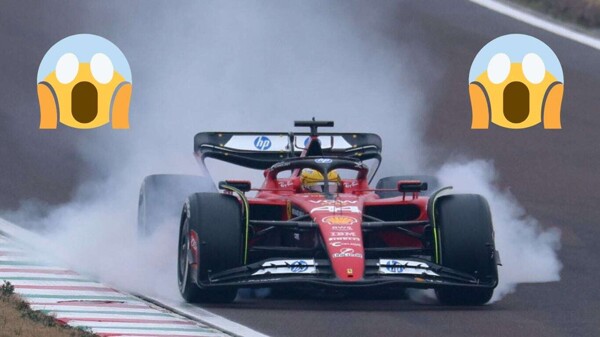
The historian Marta Ruiz Jiménez, responsible for the website Trienio Liberal, conducted research consulting the editions of ABC from that time to reconstruct the steps of the arranger who reneged on his role in ¡A las barricadas!. The Francoist Dotras enjoyed some popularity as an author and, as he established himself in the dictatorship, he naturally occupied positions of responsibility within the Francoist SGAE, from which he was initially purged. However, he ended up implicated in one of the numerous cases of malpractice and corruption in SGAE's long history.
The story of ¡A las barricadas!, the anthem of the CNT (National Confederation of Labor), is useful for reconstructing what culture was like before, during, and after the Franco dictatorship. The lyrics were translated by Hildegart Taege and would be the basis of ¡A las barricadas!. The adaptation of La varsoviana, commissioned in 1936 to Joan Dotras Vilà and recorded under the Odeón label, with Maestro Millet and the Orfeó Català.
The historian's study reminds us that the authorship of ¡A las barricadas! is anything but simple. Valeriano Orobón Fernández, an anarcho-syndicalist, played a critical role in its origin. There are at least two versions of the adaptation of La varsoviana. In August 1936, during the Civil War, ¡A las barricadas! premiered in Barcelona, becoming the anthem of the CNT.
Dotras reconstructed his trajectory stating that he was forced to harmonize the Polish song La Varsoviana due to threats from anarchists. There are alternative accounts of the origin of the work. The trial against Dotras Vila began in 1939 and would not end until 1941. During the concert, Hildegart Taege translated the lyrics that were sung in German.
The story of the Francoist SGAE and its repressive machinery is still to be told. Historian Encarnación Soler concludes her study in 1942, when Dotras rejoined the Francoist SGAE. Dotras renounced the rights to any work created during the Civil War and was appointed a professor and director of the Conservatori Municipal de Música de Barcelona. The adaptation of La Marcha de los Zuavos transcended borders to become La varsoviana, anthem of the Russian revolutionaries. There was no clear attribution of rights regarding the song.
Encarnación Soler and Ferrán Aisa have revealed interesting details about the Purification Commission of SGAE's Members and Administrators, responsible for deciding which authors could benefit from the collection of copyright fees. Manuel Fernández Palomero denounced members unfriendly to the regime, such as Dotras Vila for his connection to the CNT. Members like Gleb Krzhizhanovski and Wacław Święcicki shaped the anthem that became a symbol of the workers' struggle.












